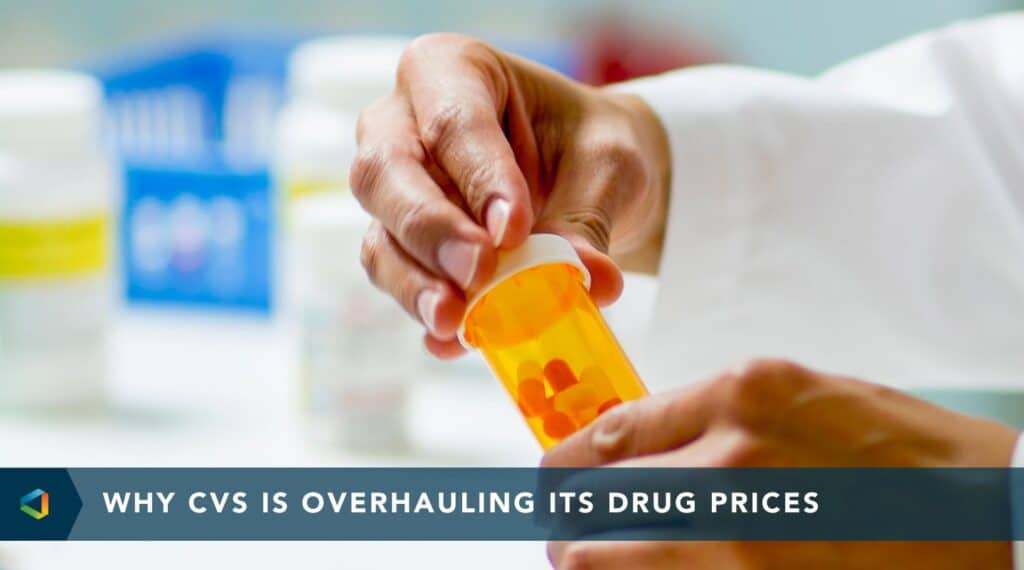Better Benefits, Lower Costs
How Employers Can Address the Rise of Specialty Drug Costs
How Employers Can Address the Rise of Specialty Drug Costs
It is no secret that specialty drug costs have become employers’ greatest fear in managing pharmacy benefits.
Companies tend to be conservative when budgeting for healthcare benefits, and the reason is unsurprising: while only 1 to 2% of average plan participants use medications to treat rare and high-risk conditions, the specialty category will account for an astounding 60% of total drug spend by 2021. The price of one specialty medication can easily turn a plan upside down. Recently, Novartis’ gene therapy Zolgensma, the first medication used to cure spinal muscular atrophy, made national headlines for its price tag rather than its breakthrough therapy. But at $2.1 million per treatment, it’s easy to see why. The landscape across the specialty drug industry is growing at a record rate, and associated costs are following suit—easily outpacing wage increases and inflation.
You may think your plan costs are at the mercy of specialty spending, but surprisingly, the opposite is true: specialty drugs present the most opportunity to control healthcare costs.
One opportunity could be the difference between increased financial burden or increased quality of care. Tracking the path of a specialty medication will provide a breakdown of your options while maintaining oversight on the impact.
Is all prescribing appropriate?
Let’s start by examining how prescribing plays a role since it is the first step in the process.
Prescriptions for specialty medications are subject to review by your pharmacy benefit manager (PBM) for clinical necessity and appropriateness before being approved and dispensed to the patient. Though this sounds like a safety net and an extra level of cost containment, employers need to be aware that a PBM may not be motivated to act in their best interest.
In fact, the top four specialty pharmacies are PBM-owned and account for two-thirds of total revenue generated from specialty drugs. In order to ensure appropriate prescribing is in place, clinical criteria should include required documentation and lab work rather than a simple phone call and checklist. We can then leverage this utilization management further by shifting coverage from the medical benefits to the pharmacy benefits. Not only is the right patient taking the right drug, but they are getting the same drug at a fraction of the cost by billing through a different site-of-care.
Maximizing Manufacturer Savings
As our focus turns to billing, cost-saving strategies are the next step. PBMs are integral in producing savings by negotiating rebates and discounts from drug manufacturers. A recent study shows manufacturer rebates grew exponentially from $39.7 billion in 2012 to $89.5 billion in 2016. High-cost specialty medications often carry a significant rebate; however, an employer may not know how much of this rebate is getting passed on directly to them. Maximizing formulary rebates through aggressive PBM contracting and transparency is an essential practice in getting back what is truly yours.
The next billing strategy involves another benefit provided by drug manufacturers: coupons. Coupons exist for practically almost every specialty drug to help reduce patient out-of-pocket expenses and promote adherence. These coupons offer tens of thousands of dollars in assistance every year for each drug, but savings are either not applied or left on the table. With proper plan design, your plan can benefit greatly from coupon maximization.
From Reactive to Proactive
If constructed proactively and effectively, the vast challenges and general anxiety surrounding specialty costs will be met with a reality of numerous opportunities. Employers must have a game plan to combat these costs while continually improving benefits to attract and retain top talent.
Most consultants have tools to analyze your data to tell you how the plan performed, but you are still limited by your benefit design and PBM contract. Leveraging the advice of industry experts to provide true A to Z, cover-to-cover management is vital for sustained success that is accompanied by minimized risk and low disruption. Jeff Post, Chief Clinical Officer of RxConnection, LLC, said it best: “a more educated client makes a more informed choice.”
Every step in this process involves an “informed choice” that will require ongoing decision support. Ultimately, these steps will lead to the optimization of your plan performance and your employees’ wellbeing.




